Art World
Enjoy 10 Dirty, Controversial Graphic Novels for Banned Books Week
The annual event celebrates the freedom to read.
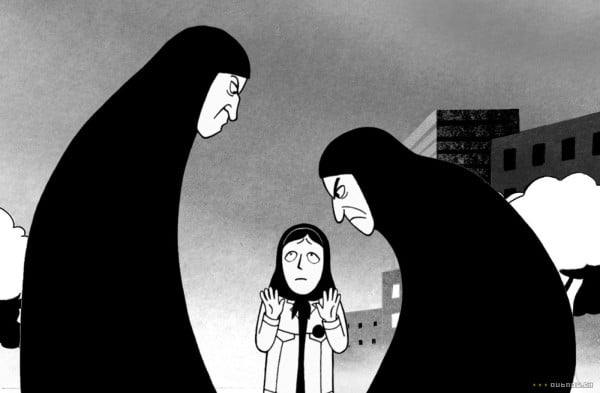
The annual event celebrates the freedom to read.

Sarah Cascone

Banned Books Week aims to combat attempts to censor books that some deem socially, morally, or politically inappropriate, and remind the public what is at risk when we try to stifle creative expression.
While book censorship usually brings to mind controversial depictions of sex or religion, even illustrated children’s books, like beloved author and illustrator Maurice Sendak’s In the Night Kitchen or Peter Parnell and Justin Richardson’s And Tango Makes Three, which was banned in Singapore for its portrayal of gay penguins—have come under fire from conservatives over the years.
For Banned Books Week, libraries across the United States are promoting the event by prominently displaying challenged works, and encouraging patrons to check them out. In honor of this effort, artnet News offers this list of 10 recently challenged graphic novels provided by American Library Association’s (ALA) Office for Intellectual Freedom (OIF).
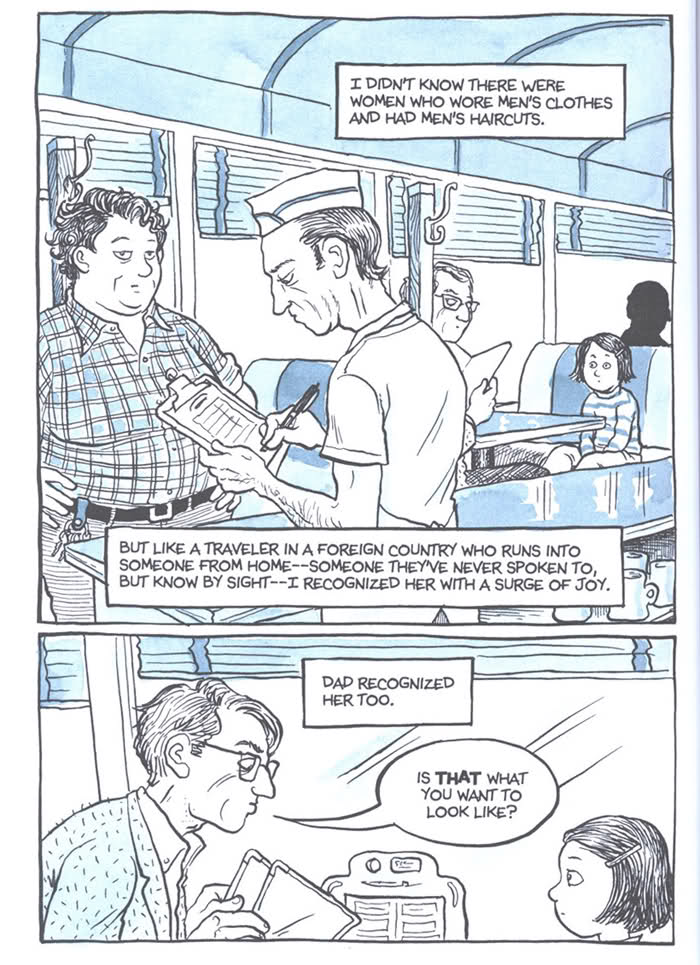
A page from Alison Bechdel, Fun Home: A Family Tragicomic.
Photo: Alison Bechdel.
1. Fun Home by Alison Bechdel
Alison Bechdel’s Fun Home may be a Tony award-winning play, but that doesn’t mean that the original graphic novel doesn’t attract the ire of some readers, including freshmen at Duke University.
One student claimed its “graphic visual depictions of sexuality” would “compromise [his] personal Christian moral beliefs,” but Duke defended its selection of Fun Home, describing it to CNN as a “unique and moving book that transcends genres and explores issues that students are likely to confront.”
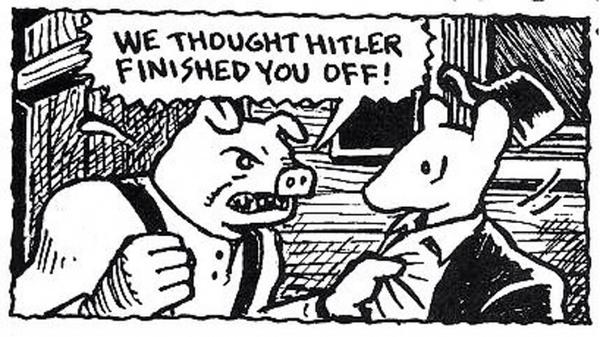
A Polish pig and a Jewish mouse in Art Spiegelman’s Maus.
2. Maus by Art Spiegelman
Spiegelman’s tale of a Polish Jew surviving the Holocaust has mainly been challenged by Polish people, who take issue with the book’s portrayal of Poles as pigs (the Nazis are depicted as cats and the Jews are depicted as mice).
Just this year, the Canadian Polish Congress published a long article discouraging the teaching of Maus in schools, noting that “children of Polish background who are subjected to this book justifiably feel that their identity or cultural heritage has been diminished by the perspectives described in this book and are, understandably, humiliated by this experience.”
The book has also been pulled from bookstores in Russia for its inclusion of a swastika on the cover.
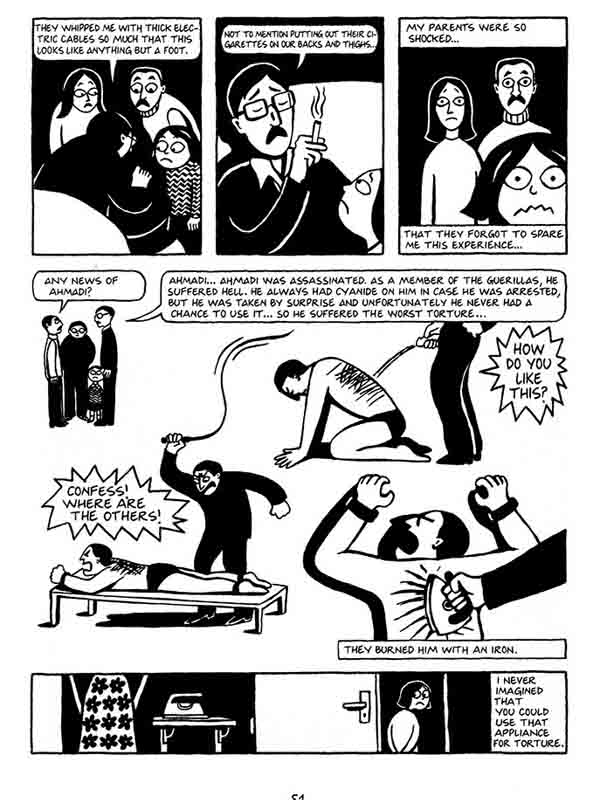
A page from Marjane Satrapi’s Persepolis.
3. Persepolis by Marjane Satrapi
Persepolis, a memoir about growing up during the Iranian revolution, was recently challenged by a California student who pushed for a campus-wide ban on “this garbage” after encountering the novel in an English course. Crafton Hills College responded by reaffirming its commitment to academic freedom, while agreeing to add a disclaimer to future course materials.
In 2014, Persepolis was the second-most challenged book at the OIF, second only to young adult novel The Absolutely True Diary of a Part-Time Indian by Sherman Alexie. The former was judged to be “politically, racially, and socially offensive.”
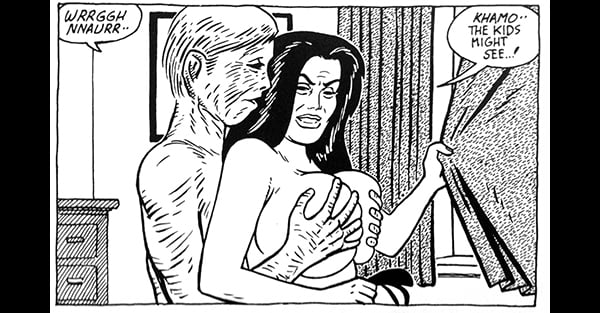
A panel from Gilbert Hernandez’s Palomar.
4. Palomar by Gilbert Hernandez
First published in 1983, Hernandez’s “Heartbreak Soup” stories of life in the small Central American town of Palomar became a hot topic in February, when a New Mexico mother went to the local news complaining about the “child pornography” her son had checked out of the high school library. (One example included a topless young girl crowing to her mother over the imperceptible growth of her breasts.)
The book was quickly pulled from circulation, a decision that was later overturned by a review committee. Students at the school under 18 now need parental consent to check out the graphic novel.
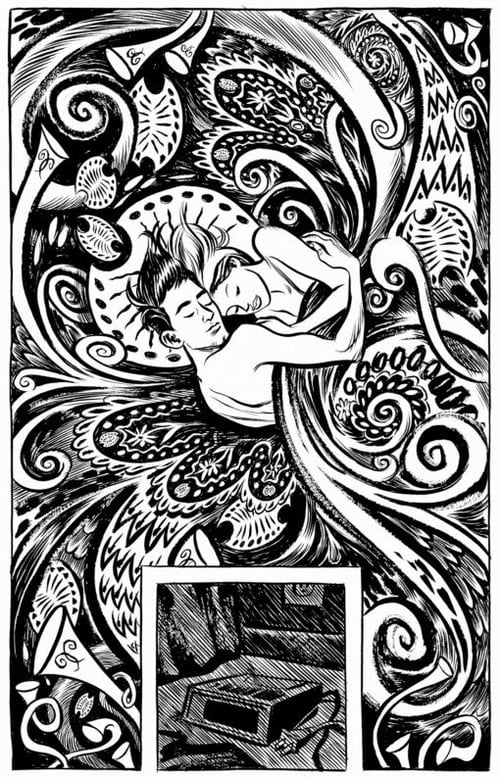
A controversial illustration from Craig Thompson’s Blankets.
5. Blankets by Craig Thompson
Thompson’s critically-acclaimed coming of age autobiography has been deemed pornographic by some for its depictions of the author’s first love and sexually-abusive babysitter. After a prolonged challenge in 2006, a library in Marshall, Missouri ultimately opted to keep Blankets on the shelves.
In 2011, Thompson told Mother Jones that his very religious parents had a difficult time accepting the book as well: “They said it was the devil’s message in my work.”

References to beer in Jeff Smith’s Bone were later changed to soda.
6. Bone by Jeff Smith
This comic book series, published between 1991 and 2004, has won ten Eisner Awards for its pleasing blend of upbeat humor with dark, epic fantasy. Some parents, however, have taken issue with the comic’s depiction of drinking and smoking, and Bone is counted by the Comic Book Legal Defense Fund (CBLDF) among the most commonly challenged graphic novels in the US.
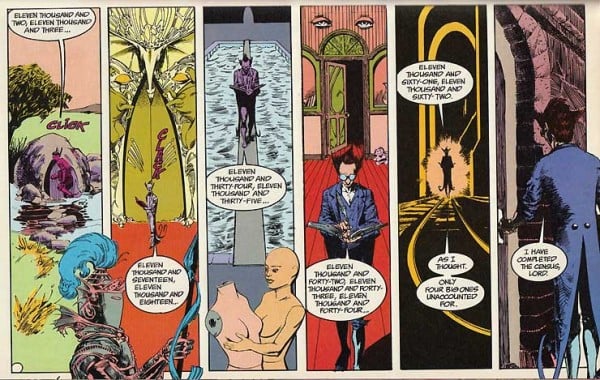
A page from Neil Gaiman’s The Sandman, Vol. 2: The Doll’s House.
Photo: Neil Gaiman.
7. Sandman by Neil Gaiman
One of the ALA’s most commonly challenged and banned graphic novels, the award-winning Sandman was among four graphic novels challenged this spring at Crafton Hills College in Yucaipa, California. The book has also been the subject of complaints against “anti-family themes” and “offensive language” according to the CBLDF.
“I suspect that having a reputation as adult material that’s unsuitable for teens will probably do more to get teens to read Sandman than having the books ready and waiting on the YA shelves would ever do,” Gaiman pointed out in a 2003 post on his website.
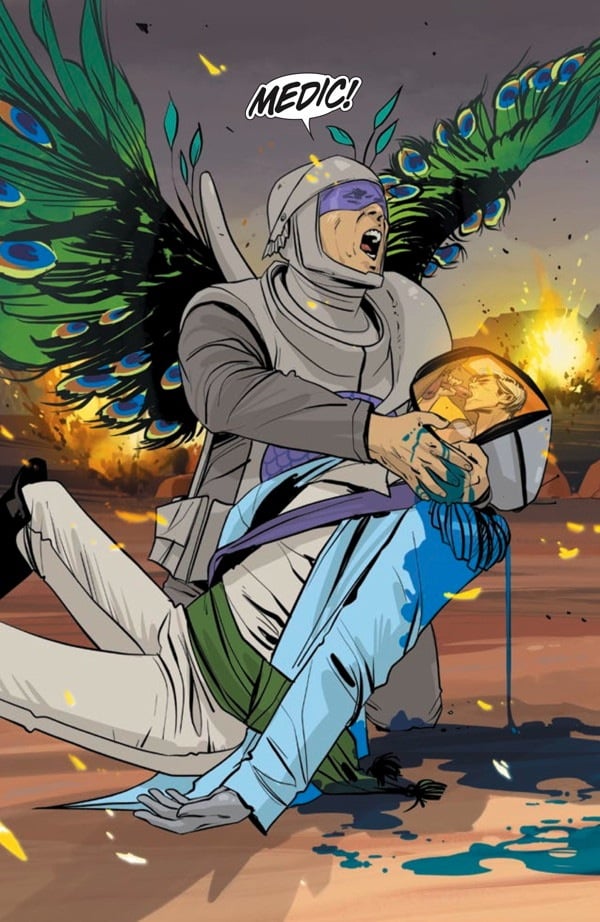
A page from Brian Vaughans Saga, #12, that initially caused the comic not to be released on the Apple App Store.
8. Saga by Brian Vaughan
Admittedly rife with sex, nudity, and violence, Saga was perhaps a not-unexpected addition to the OIF’s 2014 list, clocking in at number 6. It did come as a surprise to Vaughan, however, when issue number 12, which featured two small scenes of gay sex, was not made available in the Apple App Store the year before.
After Apple informed publisher Comixology that the comic did not in fact violate its guidelines, the issue was belatedly released on the app.
“I never thought either company was being homophobic, only weirdly inconsistent about what kind of adult material was permissible,” Vaughan told the Verge, apologizing for his initial complaints about the matter. “I’m delighted I can go back to reading smutty comics…”

A panel from Raina Telgemeirs Drama.
9. Drama by Raina Telgemeir
Rounding out the year’s top ten most challenged books at the OIF, Drama garnered complaints for being “sexually explicit,” despite featuring at most chaste a bit of hand holding and a peck on the cheek. The real point of contention is likely the book’s depiction of gay middle schoolers.
Telgemeir has defended her decision in a children’s book, telling Teen Reads that “finding your identity, whether gay or straight, is a huge part of middle school.
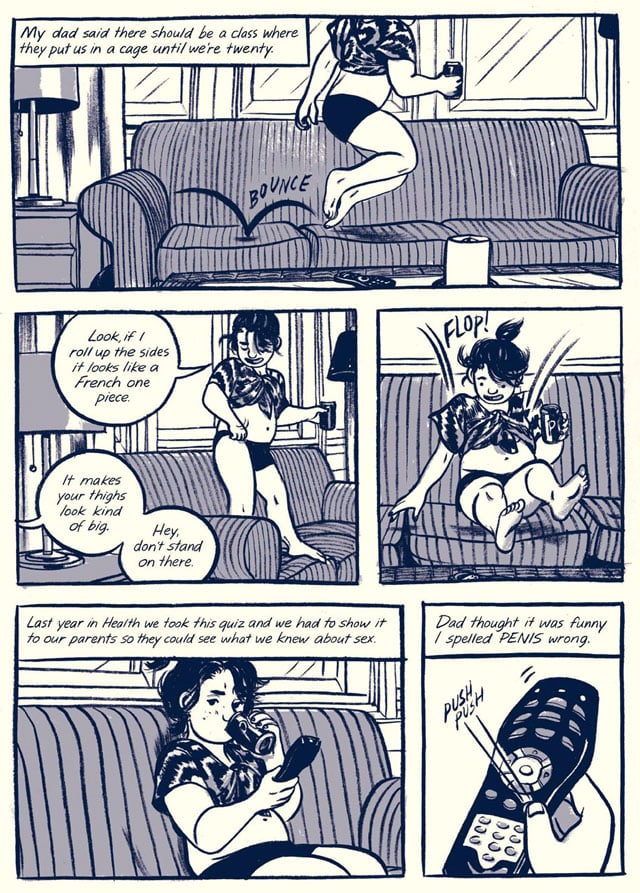
A page from This One Summer by Jillian Tamaki and Mariko Tamaki.
10. This One Summer by Jillian Tamaki and Mariko Tamaki
Shortlisted for the 2014 Caldecott Medal, the first graphic novel ever so-honored, This One Summer ignited a controversy with its relatively mature themes for a teenage audience.
“My trust in the integrity of the Newbery Medal has been shaken to the core by the filth in this book,” wrote one reviewer at Barnes and Noble. The CBLDF has reportedly been confidentially involved in responding to several challenges to the book, which contains cursing and a teenage pregnancy plot line.
Banned Books Week is being held September 27–October 3, 2015.